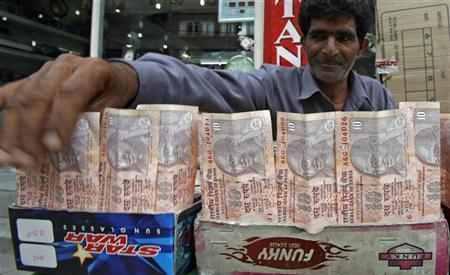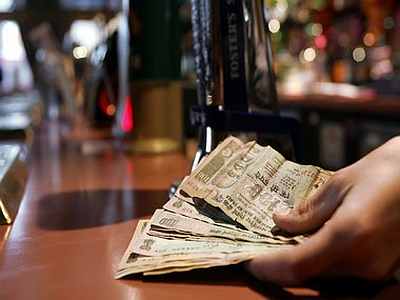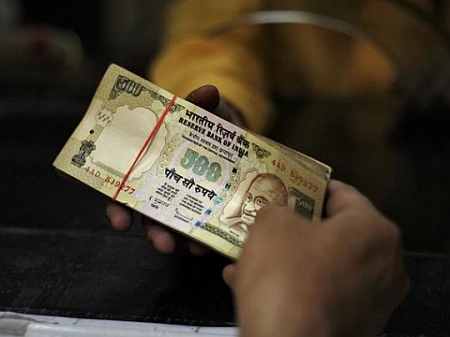 | « Back to article | Print this article |
Indian economy:Is there a silver lining?
As the storm clouds gather over the economy, is there a silver lining? Yes -- more than one. To see them, we have to stop looking in the rear-view mirror at all the accumulated problems and negative trends, and focus on current trends.
Take oil prices, which have fallen more sharply than the rupee has dipped; Brent crude is now below $100 per barrel, down from a March peak of $126 -- a 20 per cent drop in 10 weeks.
Other than a brief point in October, the last time oil was this low was in early 2011. In all but three months in the last financial year, oil was ruling at more than $110.
Click NEXT to read more...
Indian economy: Is there a silver lining?
The benefit of the oil price drop won't show for domestic buyers because of the rupee's sudden dip, and because diesel and cooking gas were already underpriced in the retail market. But the macroeconomic impact on the new year's trade deficit will be substantial.
The same goes for commodities in general; the CRB commodities index (which includes oil) has dipped by a sharp 22 per cent, from 352 a year ago to 273 now. Since India is a net commodity importer, this too will help reduce the import bill in dollars, though once again domestic prices won't see much of a change because of the rupee's fall.
The second silver lining is provided by the rupee's depreciation. This is portrayed in much of the media as a huge negative development -- a view seemingly endorsed by the finance minister, who called it a "grave" problem.
Click NEXT to read more...
Indian economy: Is there a silver lining?
It is, of course, problematic in that it prevents the global price fall from being reflected in domestic price trends, and it will cause headaches to companies that have borrowed overseas and not hedged their positions.
But any price movement creates winners and losers, and the dominant economic effect here is that it will help import substitution, which will give a boost to domestic manufacture, and boost export competitiveness.
An uptick in manufacturing will be the single biggest positive development to look forward to, given the stagnation in this vital segment of the economy over the past half-year.
Click NEXT to read more...
Indian economy: Is there a silver lining?
The third positive development (missed by most people in the noise over poor GDP numbers) is that gross fixed capital investment – which includes everything from highways and airports to schools and hospitals, and of course plant and machinery – has moved up a small notch in the latest quarter.
This could point to the hoped-for revival of investment, and may continue to improve since the general expectation is that interest rates will fall even if slowly. The fourth silver lining is that some special factors that operated last year will not do so now.
The drop in mining in the first three quarters of 2011-12, for instance, was on account of the sharp drop in gas production by Reliance, and mismanagement of the coal sector. That fall has already been reversed in the fourth quarter, so a downward-pull factor is out of the way.
Click NEXT to read more...
Indian economy: Is there a silver lining?
Meanwhile, there are also reasons why the clouds won't go away quickly. The monsoons look iffy, and could hurt both growth and inflation.
The world economy is slowing down, so export markets will be slack. International money is fleeing to the safety of places like Germany and the US, so there could be capital outflow, which could put pressure on the rupee.
If we had a government that was not in denial and not paralysed, and which had the capacity to focus on problems and deliver solutions, the positive factors could have been exploited. We are paying the price for keeping a dysfunctional and seemingly clueless government in office.





